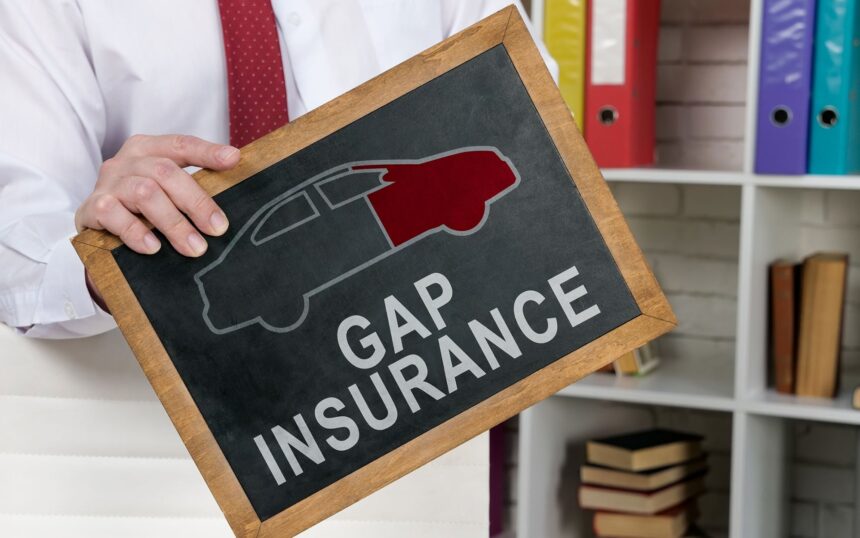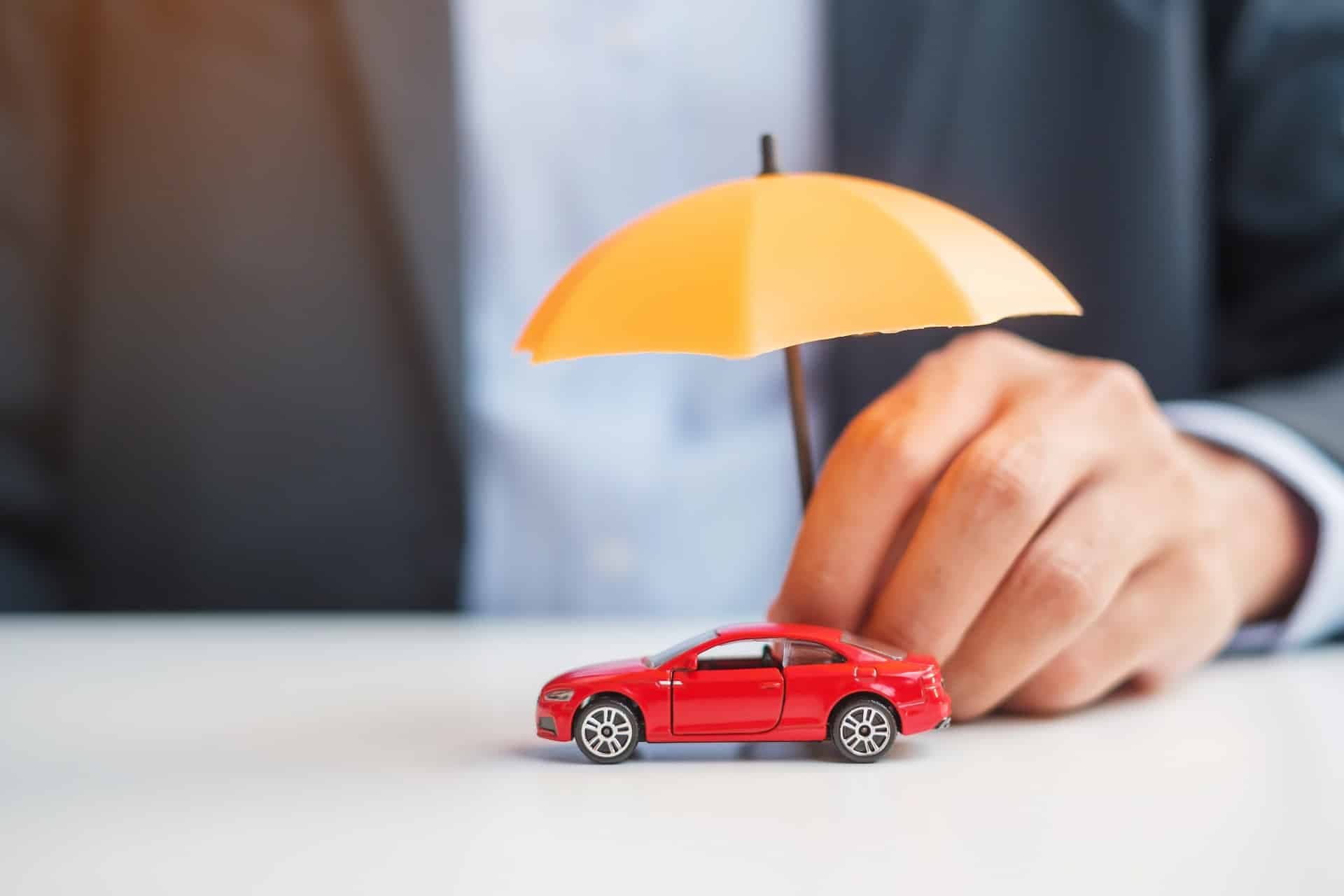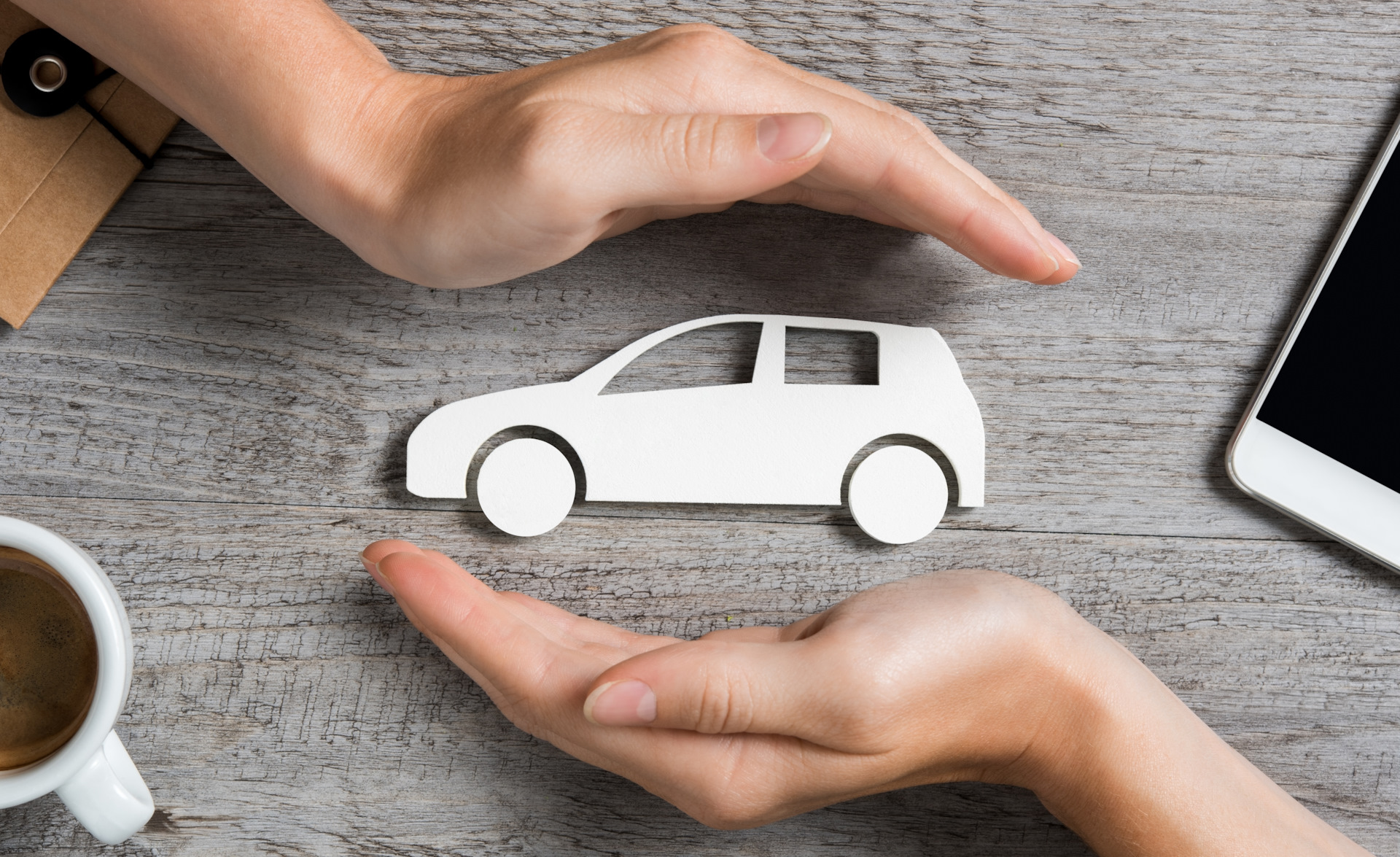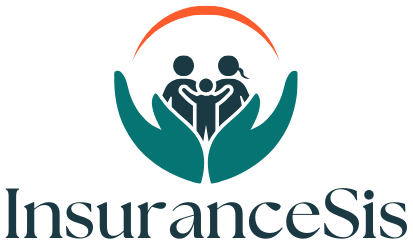
Understanding Automobile Gap Insurance: Is It Worth It?
Automobile Gap Insurance
I spent 10 minutes wandering a parking lot today, convinced my car had been stolen. Turns out, I just parked on the wrong level. While I was busy feeling ridiculous, it reminded me cars can disappear, and when they do, gap insurance might just be your financial lifesaver.

When acquiring a new or even an old car, gap insurance is one of the most disregarded parts of financial security. Many drivers concentrate on getting a basic auto insurance policy without understanding that in an accident or theft their coverage could not be sufficient. Automobile gap insurance fills in for you financially between what you owe on your car and its worth. This blog post discusses the ins and outs of gap insurance, its benefits, and whether it’s worth the additional expense.
What Is Automobile Gap Insurance?
Automobile Guaranteed Asset Protection (Gap) Insurance is a sort of coverage that comes into play when an automobile is damaged or stolen, and the conventional auto insurance payout does not fully cover the amount owed on the vehicle loan or lease. Usually, auto insurance policies cover just the actual cash value (ACV) of a car at the occurrence. However, autos depreciate swiftly, often creating a financial gap between the payoff and the outstanding loan sum. Gap insurance guarantees the policyholder won’t be left paying off a loan for a car they no longer own.
How Automobile Gap Insurance Works?
Consider this to grasp the concept of gap insurance: Say you borrow money to pay for a new car you bought for $30,000. The car loses value over a year to $24,000, but your loan still shows $27,000. If an accident results in a totaled car, your standard insurance policy will only cover the depreciated value ($24,000), leaving a $3,000 gap. You would be liable for the remaining balance without gap insurance. If you had gap insurance, however, it would fill in for any deficiency and guarantee you are not in financial hot water.

Who Needs Gap Insurance?
Though some situations make gap insurance a highly advised purchase, not all automobile owners need it. Should you belong to any of the following groups, gap insurance could be a wise financial choice:
New cars fade quickly; some lose up to 20% of their value in the first year. Should you finance a new car with a little down payment, early in the loan term you could find yourself owing more than the car’s worth.
Many leasing agreements require gap insurance because the leasing company wants to ensure they recover the full value of the car in case of an accident.
If you have taken out a loan with a term longer than 60 months, depreciation may outpace the rate at which you are paying down the principal, creating a potential financial gap.
If you financed most of your car’s cost with little or no down payment, there is a high chance that the loan balance will exceed the car’s actual value.
Cars with high mileage depreciate faster than average, which can increase the likelihood of being “upside down” on a loan.
The Benefits Of Gap Insurance
For vehicle owners, gap insurance offers several financial and psychological advantages. The most important benefits consist in:

- Financial Protection: Gap insurance mostly helps you to avoid owing debt on an automobile that you no longer own. Should your car be totaled or stolen, it guards against significant financial loss.
- Peace of Mind: Knowing that you won’t be left with an outstanding auto loan in case of a major accident provides significant reassurance.
- Affordable Cost: Compared to other insurance add-ons, gap insurance is relatively inexpensive, often costing as little as $20 to $40 per year if added to an existing auto insurance policy.
- Avoiding Out-of-Pocket Expenses: Without gap insurance, you would have to pay the difference between your insurance payout and the remaining loan balance, which could be thousands of dollars.
- Ideal for High-Risk Situations: If you are in an area with high accident or theft rates, gap insurance can be an additional layer of security.

How To Purchase Gap Insurance?
Gap insurance can be purchased through several channels, including:
Many dealerships offer gap insurance at the time of vehicle purchase. While convenient, this option is often more expensive than other alternatives.
Most major insurance companies offer gap insurance as an add-on to a comprehensive auto insurance policy. This is often the most affordable and practical option.
Some banks and credit unions provide gap insurance to borrowers who finance their vehicles through them.
Several companies specialize in gap insurance, offering policies that can be tailored to your specific needs.
Is Gap Insurance Worth It?
Your financial condition and vehicle finance arrangements will determine whether or not gap insurance is worth the expense. Gap insurance is highly advised whether you bought a car with a little down payment, financed it for a long period, or drove a high-mileage car. Gap insurance may not be required, though, if you placed a large down payment and are sure the loan debt won’t be more than the value of the car.

Common Myths About Gap Insurance
Many false ideas concerning gap insurance cause car owners to get confused:
- “Standard Auto Insurance Covers Everything.” While comprehensive and collision coverage can protect your car, they only pay for the car’s actual cash value at the time of loss, not the remaining loan balance.
- “Gap Insurance Is Too Expensive.” Many people assume gap insurance is costly, but in reality, it is a relatively affordable add-on.
- “Gap Insurance Covers Repairs.” Gap insurance only covers the financial shortfall in case of a total loss. It does not cover vehicle repairs.
Conclusion
For drivers who loan or lease their cars, automobile gap insurance is a basic financial safety net. Covering the difference between the car’s actual worth and the remaining loan debt helps to avoid financial burdens should a complete loss occur. Your financial condition and risk tolerance will determine whether or not you require gap insurance. Examining your situation closely can help you decide whether this coverage is required for your auto insurance policy.
FAQ
Until your loan total equals or less the real cash worth of your car, you should keep gap insurance. Once your debt is no longer “upside down,” gap insurance is useless.
Indeed, gap insurance pays for theft of your vehicle even if it is ruled a total loss. While gap insurance pays the leftover loan sum, your conventional auto insurance will pay the real cash value.
Should you pay off your loan early, you could be qualified for a prorated refund if you bought gap insurance up front. To learn their refund rules, get in touch with your dealership or insurance company.

